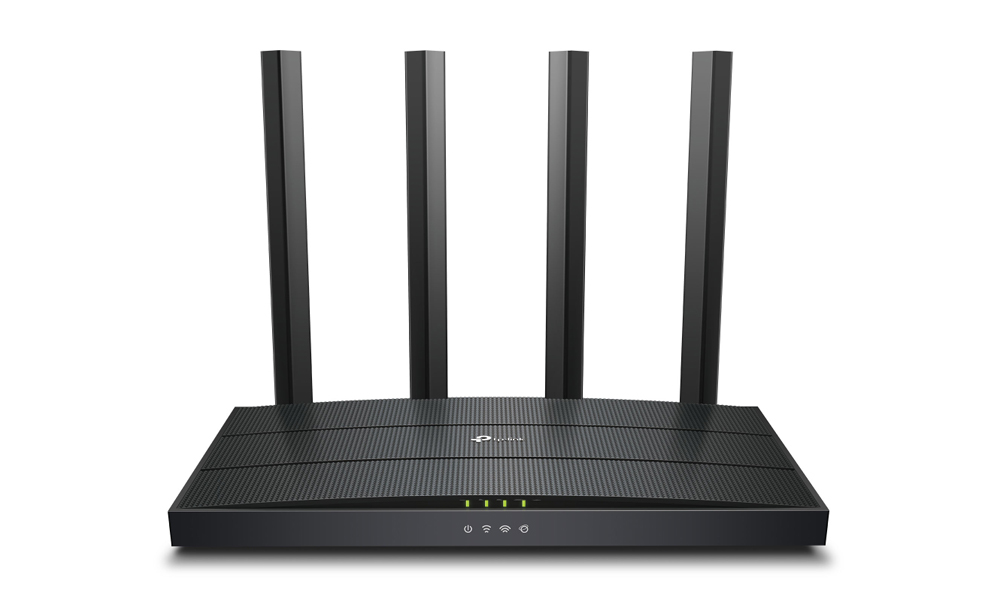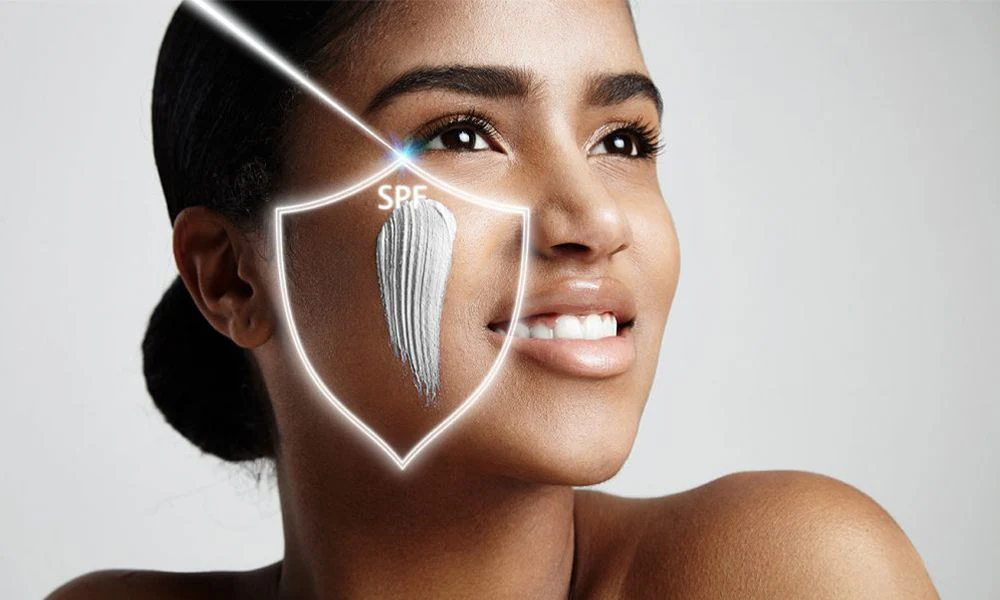In today’s built environment, modern architecture is not just about aesthetics and structural innovation—it’s also about how people interact with the space. From office campuses to corporate parks and smart buildings, efficient movement is vital. This is where digital wayfinder systems have become essential. They serve as interactive, real-time guides that help people reach their destinations quickly and with ease.
These systems are no longer limited to airports and malls. Offices, hospitals, tech parks, and smart commercial hubs are now turning to digital wayfinder solutions to improve visitor experiences and staff efficiency.
What is a Digital Wayfinder?
A digital wayfinder is an interactive display solution that helps users find specific rooms, departments, or personnel within a complex building or campus. Unlike printed directories or wall signs, these systems provide real-time updates and interactive maps that adapt to the changing layout and functions of a smart environment.
More than just a convenience, digital wayfinders now play a critical role in building management, communication, and space utilization.
Why Smart Buildings Are Choosing Digital Wayfinders
The shift toward smart infrastructure isn’t just about automation and sensors. It also focuses on how people experience a space. Efficient navigation is central to that experience. Here are several reasons why digital wayfinder systems are becoming integral to smart offices and buildings:
1. Streamlined Movement Within Large Spaces
In multi-story office complexes or sprawling business campuses, employees and visitors can waste time trying to find meeting rooms, departments, or even restrooms. Digital wayfinder systems reduce that time significantly by offering step-by-step directions on large touchscreens or kiosks.
This directly improves productivity, particularly in buildings with frequent visitors or rotating teams.
2. Enhanced First Impressions for Visitors
When a visitor walks into a smart office or corporate hub, their first point of contact is often the reception or entry area. A responsive digital wayfinder sets the tone—it shows that the space is well-organized, high-tech, and attentive to user needs.
It also eliminates the need for receptionists to constantly field location queries, allowing staff to focus on other responsibilities.
3. Real-Time Information with Wayfinding Displays
Unlike printed maps or static signs, wayfinding displays can adapt to real-time building changes. For example, if a conference room has been reassigned or closed for maintenance, the map updates immediately.
This flexibility ensures that employees and visitors always receive accurate information. It also allows facility managers to push alerts, event schedules, or emergency notifications when necessary—all from a central dashboard.
4. Touchless and User-Friendly Interfaces
As hygiene concerns remain a top priority, many digital wayfinder systems now support touchless interaction via mobile syncing or QR code scanning. This approach allows users to access directions on their phones without needing to physically touch public screens.
Moreover, the interface is intuitive.Users can simply type or select their destination, and the system shows them the shortest route visually, often with animated directions or floor-wise transitions.
5. Integration with Office Management Tools
In advanced smart buildings, wayfinding doesn’t operate in isolation. It often integrates with tools like visitor management systems, meeting room booking software, and employee directories.
This means a visitor arriving for a scheduled meeting could receive instant directions from the kiosk based on their registration. Likewise, employees can check room availability or even locate a colleague’s workstation if the system is synced with internal databases.
6. Support for Multi-Language and Accessibility Needs
Smart workplaces are diverse, with staff and visitors from different regions and backgrounds. Digital wayfinder systems support multiple languages and accessibility features such as text-to-speech, high-contrast visuals, and wheelchair-friendly routes.
This inclusivity not only improves user experience but also ensures compliance with accessibility standards in modern building regulations.
Use Cases Across Industries
While office campuses are the most common adopters, the use of digital wayfinder solutions extends across industries:
- Hospitals: To guide patients and visitors to the correct departments quickly, reducing stress and late appointments.
- Universities: To help students and guests find classrooms, halls, or administrative offices spread across large campuses.
- Government Buildings: Improve visitor flow and simplify public service access.
- Tech Parks: Where companies share buildings, wayfinders help locate individual company offices or departments easily.
Future of Wayfinding: Smarter and More Connected
The technology behind digital wayfinder systems is evolving. Newer versions are incorporating AI to suggest optimal routes based on foot traffic or user behavior. Integration with mobile apps, facial recognition for secure access, and cloud-based updates are also becoming standard.
As more buildings transition to smart infrastructure, the demand for responsive, intelligent wayfinding will continue to rise—not just for convenience, but for efficiency, safety, and better space management.
Conclusion
The role of digital wayfinder systems in smart buildings goes beyond showing directions. It represents a larger movement toward responsive environments that adapt to users’ needs in real time. From improving visitor experiences to optimizing internal workflows, digital wayfinding is quietly becoming the unsung hero of smart spaces.
Organizations looking to stay ahead in workspace technology are now adopting complete digital display solutions to ensure seamless communication and navigation throughout their premises. For an extensive range of options, you can explore the digital display solutions available for different industry needs.











Comments